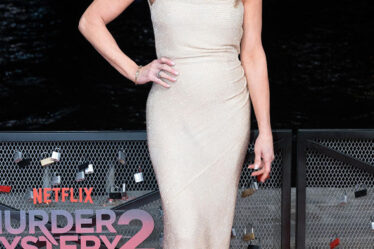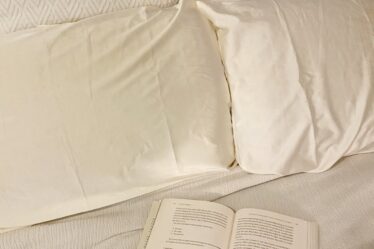
The tourists crowding into Edinburgh Castle can be forgiven for overlooking a small fountain and plaque near the entrance; it is easily missed. But we have come here especially to see the Witches’ Well. This modest monument marks the spot where more than 300 women were murdered – strangled and burned at the stake – in the 16th century. More “witches” were killed here than anywhere else in Scotland.
We are on a Real Women of Edinburgh walking tour with Invisible Cities, which employs people who have experienced homelessness. Our gregarious guide, Sonny, tells us with tales of witch-hunts, but also of women such as Maggie Dickson, who miraculously survived a public execution in the early 1700s, and Agnes Maclehose, for whom a besotted Robert Burns wrote Ae Fond Kiss.
The Invisible Cities tour is one of 15 attractions on Scotland’s new Witches Trail, launched just in time for Halloween. It takes in places across Scotland, in cities (Edinburgh, Glasgow, Stirling), coast and countryside, and on islands (Lewis and Orkney), so visitors can dip in and out rather than tackling the whole trail in one go.
Some are hands-on activities that pay tribute to the folk healers whose knowledge of plants led to their persecution as witches. For example, we spent a morning foraging for seaweed with Jason Byles from East Neuk Seaweed. It was an eye-opening insight into such mysteries as sea capers, sea spaghetti, a seaweed that tastes like bacon and one known as the truffle of the sea. After we’d gathered specimens on a deserted beach, Jason built a driftwood fire, toasted the “bacon” and whipped up some delicious pesto “pasta” for a nutritious, delicious – and free – lunch.
On an afternoon Fire and Water workshop with Stu Wright of the Glen Dye School of Wild Wellness and Bushcraft, we learned about the useful properties of various plants, for purposes from firelighting to rope making. But this was just a warm-up for the main event: a 9C river dip. We stripped to our swimwear and Stu marched us through the woods to acclimatise to the cold, having us do squats and stretches before guiding us into the river. I submerged myself in cold water up to my neck and practised the deep breathing he had taught us, while he timed a full minute before we headed upstream, plunged back in and floated down, the water feeling miraculously warmer the second time round. Still, I was extremely grateful for the roaring campfire and mug of hot pine needle tea when I got out.
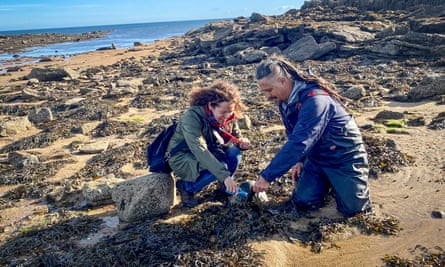
Other stops along the trail shine a more serious spotlight on a dark period in the country’s history. While witch trials took place across Europe from the 16th to 18th century, they were most frenzied in Scotland, partly because of James VI’s zeal. He attended the North Berwick witch trials, the first major persecution under the 1563 Witchcraft Act, and subsequently set up royal commissions to hunt down suspects, recommending the use of torture to obtain confessions. Although Scotland had just a quarter of the population of England, it had three times the number of prosecutions for witchcraft, and about four times the European average. It’s estimated that between 4,000 and 6,000 people were tried – about 75% of them women, usually unmarried and over 50.
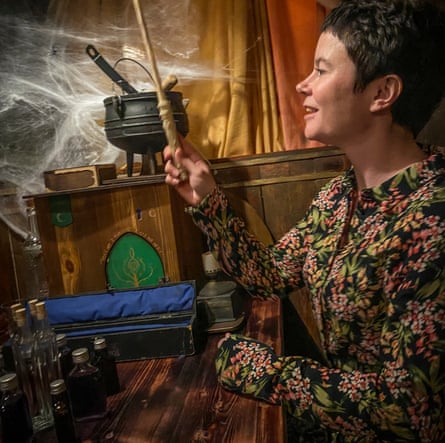
Scotland is increasingly trying to address these historical crimes. The Witches of Scotland campaign has been leading calls for a legal pardon for the victims. A members’ bill on the pardon is now going through parliament. In March, Nicola Sturgeon issued a formal apology, and in May the Church of Scotland apologised for its role in the persecution.
There are plans for a national memorial, but grassroots groups have already been busy erecting their own markers. In picturesque Culross, one of three villages on the Fife Witches Trail, plaques commemorate the victims. The Culross plaque, on the village green opposite the town hall where the accused were imprisoned in the steeple, reads: “32 women were accused of being witches … Innocent victims of unenlightened times.”
In Aberdeenshire, we visited Crathes Castle, a fascinating Scottish tower house completed in 1596 – the year before James VI published Daemonologie, his defence of witch-hunting (and a major source for Macbeth). The castle stayed in the same family, the Burnetts of Leys, for almost 400 years before being given to the National Trust for Scotland in 1951.
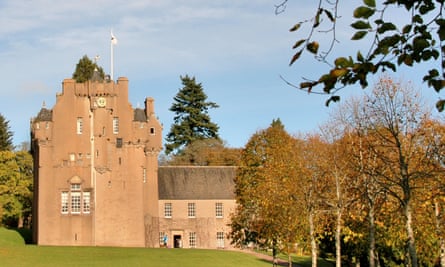
Other stops on the trail are in more questionable taste, catering squarely for the Halloween and Harry Potter market: a potions cocktail class in Glasgow, say, or a witchcraft and wizardry escape room in Stirling. The Witchery, a hotel and restaurant in Edinburgh, perhaps encapsulates this tension, being both a 16th-century building “that takes its name from the hundreds of women and men burned at the stake as accused witches on Castlehill”, and a place where “visitors can dine in the rich, glamorous surroundings of the original oak-panelled dining room and unwind in one of the lavishly decorated suites”.
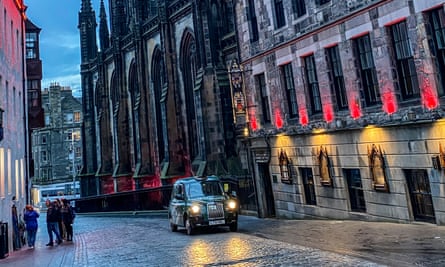
But, quibbles aside, the trail is well intentioned, with a good mix of history and hands-on adventure. And hopefully it will prompt more of the visitors to Edinburgh Castle to pause at the Witches’ Well, and spare a thought for the women who died there.
The trip was provided by Visit Scotland. Market Street hotel in Edinburgh has doubles from £174 room-only; Maryculter House, just outside Aberdeen, has doubles from £90 B&B

